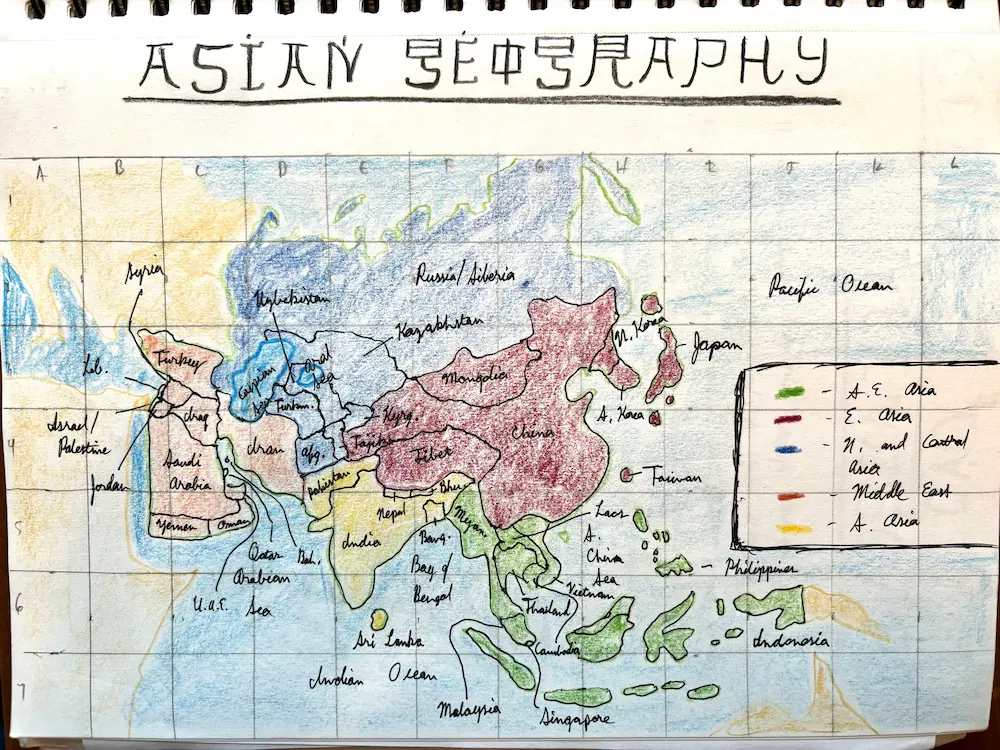Do you remember how to read a map? Do you teach your student(s) map reading fluency? Why would this skill still be necessary in an age of GPS Last year, this question was thrown in our faces when my family drove to Nova Scotia. After crossing the border into Canada, our phone signal stopped working. (I know, the U.S. is weird like that compared to virtually every other country on earth.) Stripped of the usual convenience, we had to stop in New Brunswick for a physical map. Does anybody remember those days?
Eventually, we made it to our destination, though, not without some intense struggle, to be honest. It made me reflect on how we let these skills atrophy when we rely too heavily on technology.
Mapmaking and Map Reading in Our Curriculum
Obviously, we still teach mapmaking and map reading in our curriculum, and this will come in handy if your student is ever stranded in some remote Canadian province without cell service. It’s not, however, the only reason we teach it.
As with everything in the curriculum, the question should always be, “What capacity is this developing in the student?” Good education, homeschool or otherwise, is never just about information but also about process. Map reading fluency comes from another deeper capacity, and that is spatial orientation.
We make a lot of maps, especially in the 5th grade and 6th grade curricula. This occurs especially in Geography blocks. Comprising one of the main reasons we teach Geography, mapmaking teaches us how to imagine space. When we develop the capacity to zoom out and look from above, we learn to discover ourselves in relation to the wider environment.
Ancient Map Skills Lost and Found
I once read that the Australian Aboriginals always know where they are on their landscape. They know which direction is which and where on the “map” of their territory they are in. I put “map” in quotes because these people have no need of map reading fluency. The map lives inside them.
Indigenous wayfinding in the South Pacific amongst islanders is also a remarkable skill. It involves triangulating stars, watching the undersides of clouds, and feeling the direction of ocean swells lapping against the sides of their boats. We had fun elaborating on these remarkable skills in our 6th Grade Astronomy Block.
Peoples like these have retained skills most human beings probably once had some version of. In the West, our culture has “fallen” from the grace of such intuitive ways of living. While I would suggest this was a necessary step in our overall evolution, it behooves us to find the counterbalance by cultivating again some of these skills. Mapmaking and map reading fluency are among them!


Leave a Reply
You must be logged in to post a comment.